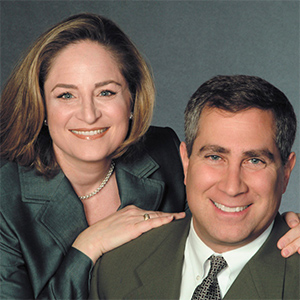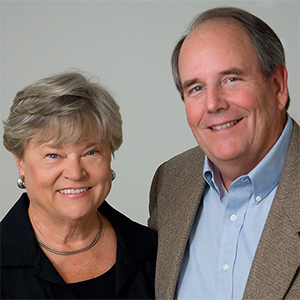How do federal income taxes impact surviving spouse after sale of co-owned home?
Q: I recently read one of your columns and found something I thought may be misleading. When one owner of a property held as joint tenants with right of survivorship dies, I thought the surviving spouse receives that person’s share on a stepped-up basis. Thus, the surviving spouse avoids the capital gains tax on the deceased spouse’s share and still has their own $250,000 exclusion for as long as they want to live in the property. Am I wrong?
A: You are not wrong. Under current Internal Revenue Service (IRS) rules, a homeowner that has lived in his home as their primary residence for two out of the last five years can exempt from federal income taxes up to $250,000 in profits. A married couple gets up to $500,000 to exclude from federal income taxes.
The main rules are that the home must be a primary residence. The homeowner must have lived in the home for at least two out of the last five years. And, you can’t have taken the exclusion in the past two tax years. There are some other guidelines and rules that you can view on the IRS website by viewing Publication 523.
Your question relates to married couples and what happens to their ownership of their co-owned home with respect to federal income taxes. Let’s imagine a couple that bought a home for $100,000 20 years ago. And, they used that home as their primary residence during that time. In this situation, they clearly would satisfy the general requirements for the exemption.
If they sell the home for $500,000, they would have a profit of $400,000 on the sale. (We’re ignoring the costs of purchase or sale and also ignoring any material improvements they might have made to the home over 20 years that would affect how much of their profit would be taxed. Publication 523 covers these issues as well.) A profit of $400,000 would fall below the tax exclusion of $500,000 they are entitled to as a married couple. So, they could sell the home and not pay any federal income taxes on the sale.
The question you asked had to do with the death of a spouse and the subsequent sale of the home. So, let’s say the same couple purchased the home for $200,000 and one of them dies a couple of years later when the home is worth $500,000. You’d treat each spouse as owning one half of the home and each owner’s purchase price for the home would be one half of the original purchase price.
So, the spouse that died would have had a purchase price of $100,000 for their half interest in the home. After that owner passed away, their half interest would be worth $250,000. The living spouse would inherit the deceased spouse’s half interest in the home at the current market value of $250,000 (which is one-half of the sales price of $500,000). Now, that the surviving spouse is selling the home, they would have an exclusion of $250,000 available.
You’d have to compute the possible taxes for each half of the home differently. The deceased spouse’s sale side would have a basis of $250,000 and a sales price of $250,000. So, there would be no taxes owed. The living spouse’s side of the sale would be a basis of $100,000 and a sales price of $250,000. Since that is less than the maximum $250,000 tax exclusion, there is also no federal tax owed.
That’s the basic version of how the surviving spouse gets the benefit of the stepped-up basis on the deceased spouse’s side of the equation. It can easily get more complicated, especially if the couple completed any major renovations during the time they lived in the property. Be sure to consult with your tax preparer for more details.
========
(Ilyce Glink is the author of “100 Questions Every First-Time Home Buyer Should Ask” (4th Edition). She is also the CEO of Best Money Moves, a financial wellness technology company. Samuel J. Tamkin is a Chicago-based real estate attorney. Contact Ilyce and Sam through her website, ThinkGlink.com.)
©2025 Ilyce R. Glink and Samuel J. Tamkin. Distributed by Tribune Content Agency, LLC.

































Comments